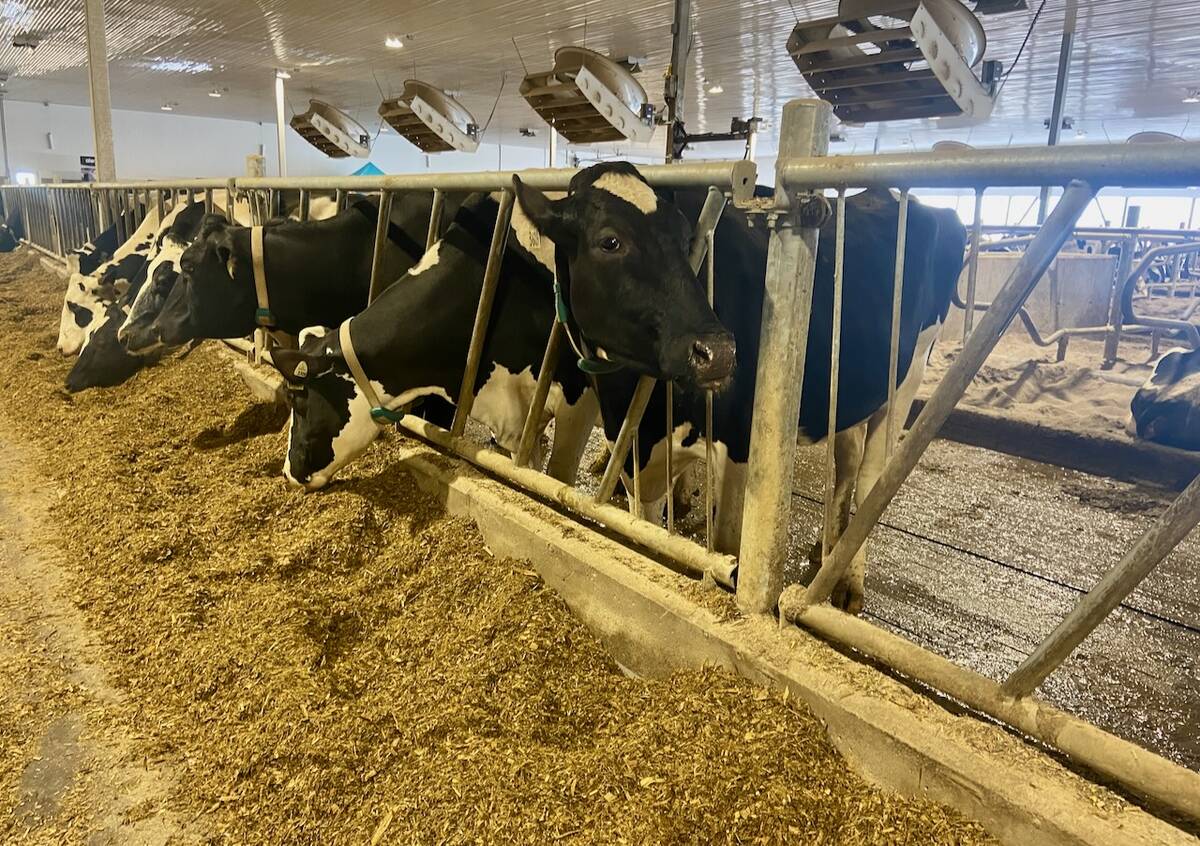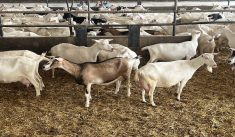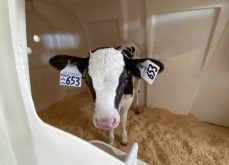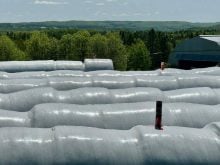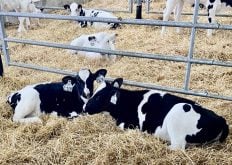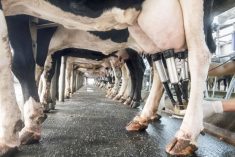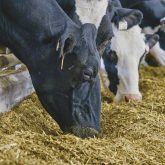Chris Church says he ate and breathed ways to help dairy farmers increase milk production from their cows.
It took the former veterinarian’s master’s of business administration work to show him that there are many farms where optimal financial return isn’t necessarily tied to maximized milk production.
The veterinarian is now a consultant at Central Dairy Solutions and runs courses that help farmers understand the finances that can result in more profitable decisions on the farm.
Read Also
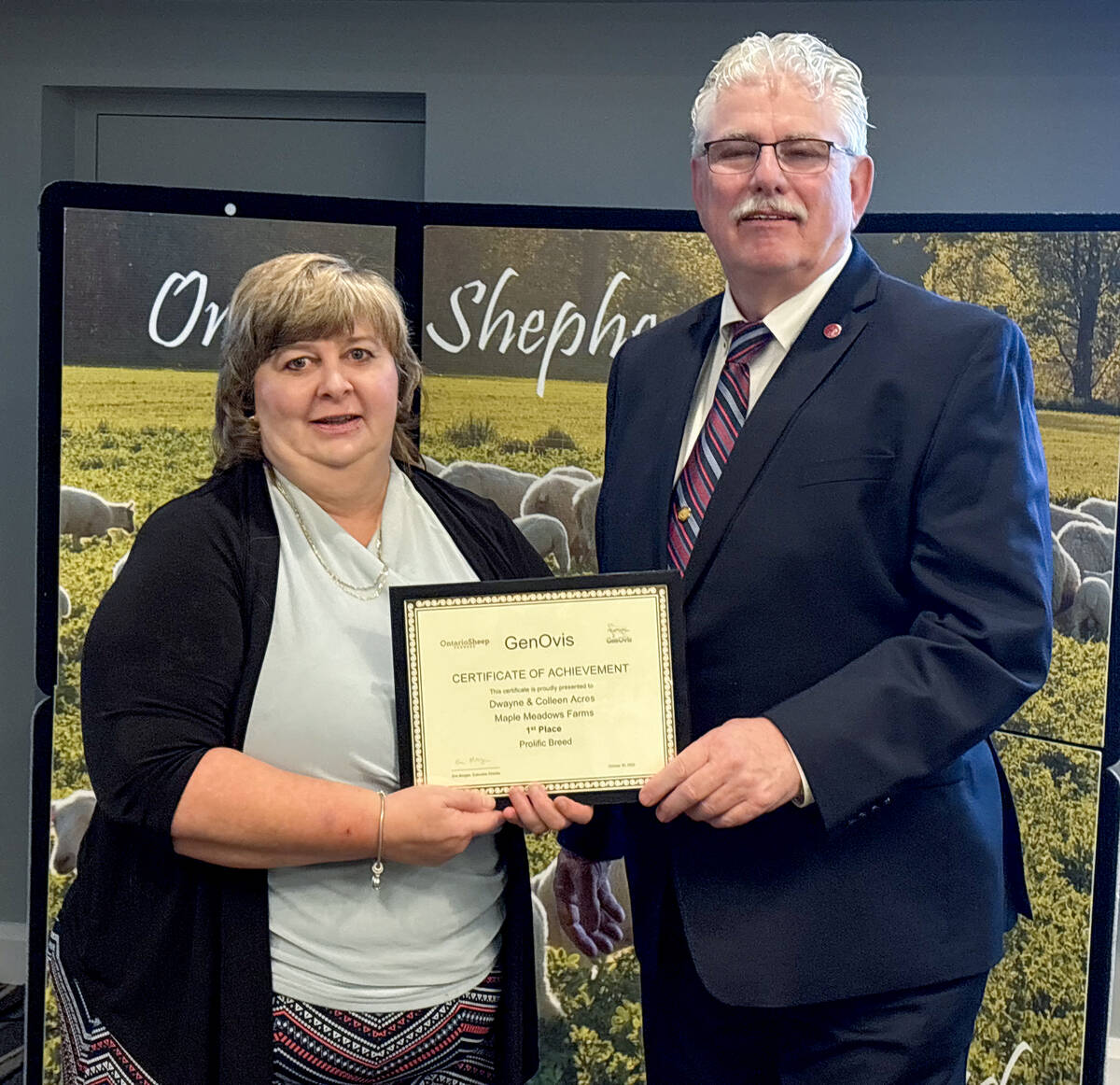
GenOvis awards presented at Ontario Sheep Farmers’ annual meeting
Producers and youth were recognized for their contributions during the Ontario Sheep Farmers’ annual GenOvis and leadership awards.
Why it matters: Understanding financial metrics and goals can help inform better on-farm decision making.
“I always just figured, as long as we could make more milk, we could make the farm more money,” Church said. “And that’s about as deep as we’d usually go. And unfortunately, that’s as deep as most of the producers go.”
It’s challenging for dairy farmers, with chores to do every day, to pull themselves out of the race and look at the business as a whole. Then, not all of them have the skills to do proper analysis.
Kyle Horst, who dairy farms with his wife Jen and school-teacher-brother Craig near Formosa, now tries to make more time for financial analysis, especially around important decisions. The farm has about 88 kg of butterfat quota. The family purchased the farm in 2019 as an ongoing operation.
“When I started the course, I always thought another litre of milk is obviously more profitable, but he (Church) brought that into question with good data,” says Horst. “I still think high performance through better management is a winner at the end of the day. But simply doing it through added cost is not necessarily financially sustainable.”
Similarly, the Terpstra family, which milks 420 cows near Brussels, has moved to monthly meetings to review the operation’s finances.
Joe Terpstra, who farms with his wife Barb, daughter Emily and son Cole, says they need to know their numbers more than once a year when they meet with their accountant.
Emily has come back to the farm, and the goal is for her to manage the financial books for the business. Joe and Emily both took Church’s course as part of their succession plan.
Emily says that the most valuable financial metric they learned from the course was operating expense ratio.
“It just kind of takes a look at how much of your milk cheque you’re actually spending per month,” she says.
Horst also found the operating expense ratio to be the most valuable new metric he learned.
Sometimes an investment can be made based on cash flow, but it’s better to understand whether it should be done in the best long-term interest in the business.
Bringing the language of production and finance together
Veterinarians and nutritionists are adept at talking to each other, says Church. So are accountants and bankers, but their languages are different.
Church has found that there’s a demand for farmers to learn how to speak both production and financial language.
His master’s degree work at the University of Guelph had three phases:
- How do farmers see their farms and businesses? It’s in production terms, not financial terms.
- How do advisors speak to each other? They have a common language.
- How well does farm performance correlate with financial performance across the country? Not very well.
“At the end of the day, it’s a poor association between production and profit.”
Church went to his veterinarian colleagues to present his research, and they pointed out that there were few places farmers can learn about farm finance.
Rob Zwackhammer, a veterinarian and owner of Upper Grand Veterinary Services, also owns a dairy farm. He asked Church to work with 10 of his farmers on financial literacy linked to production.
That evolved into what is now a six-day program over the winter for farmers. Many of the farmers get there through their veterinarians. In Terpstra’s case, his veterinarian is Rick Knill, and Horst had the program recommended to him by Heartland Veterinary Service. The days are not concurrent, which can make it easier for dairy farmers. Many of the financial management programs for farmers are for crop or beef farmers and run for six days in a row.
Farmers can get to the course after morning chores and they can return home to do chores in the evening. Last winter the farms ranged in size from 40 kgs of quota to 1,200 kgs of quota.
Learning financial metrics
Church focuses on several metrics for farmers, although the metrics can be modified based on the complexity of the farm.
Earnings before interest, taxes, depreciation and amortization (EBITDA) per kilogram of quota is one measure of dairy profit, although it can be complicated by the fact that most dairy farmers also raise crops and some of those crops might not be used to feed the livestock.
“Maybe you’re a really excellent cash cropper and not a great dairy farmer, and if your EBITDA is down a little bit, how do we know which is which?”
Sometimes more calculations are needed to make sure the cost of forages and to raise heifers is clearly in the dairy calculation.
Debt-service ratio is another important metric, says Church as it keeps the business’s ability to manage debt front and centre. Dairy farms in Canada carry a lot of debt, partially because they have to buy quota in addition to land and cattle to grow.
Long-term planning
A priority in the program is to make sure the farms have vision and mission statements and on top of those is built long-term plans that look 20 years into the future. They also look at the last 10 years, and Church says that’s also a good exercise for dairy farms that complain that they can’t get quota to grow.
“The number of farms that are 90 per cent bigger than they were 10 years ago, it’s impressive,” he says.
That growth comes from having a growth mindset, says Church, and includes buying what quota they can get every month, which adds up over 10 years, getting more milk per cow and being more efficient.
That leads to looking at equity growth, and many dairy farmers assume their equity is growing, “but when you start getting into the numbers, it’s not always the case.”
Central Dairy Solutions’ next set of courses starts in November.




